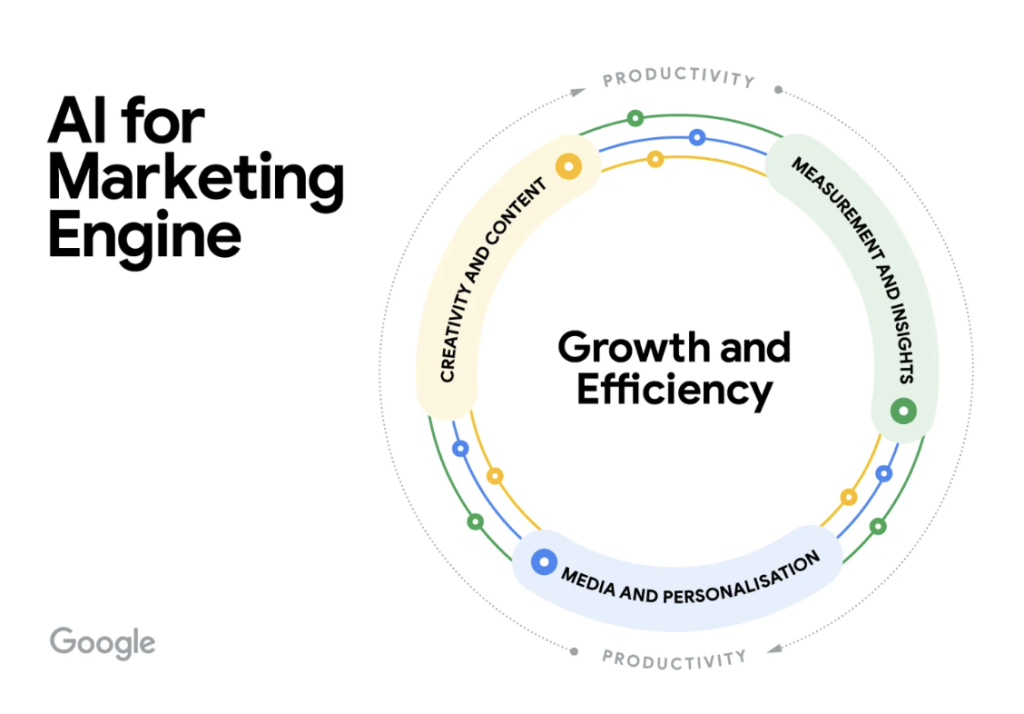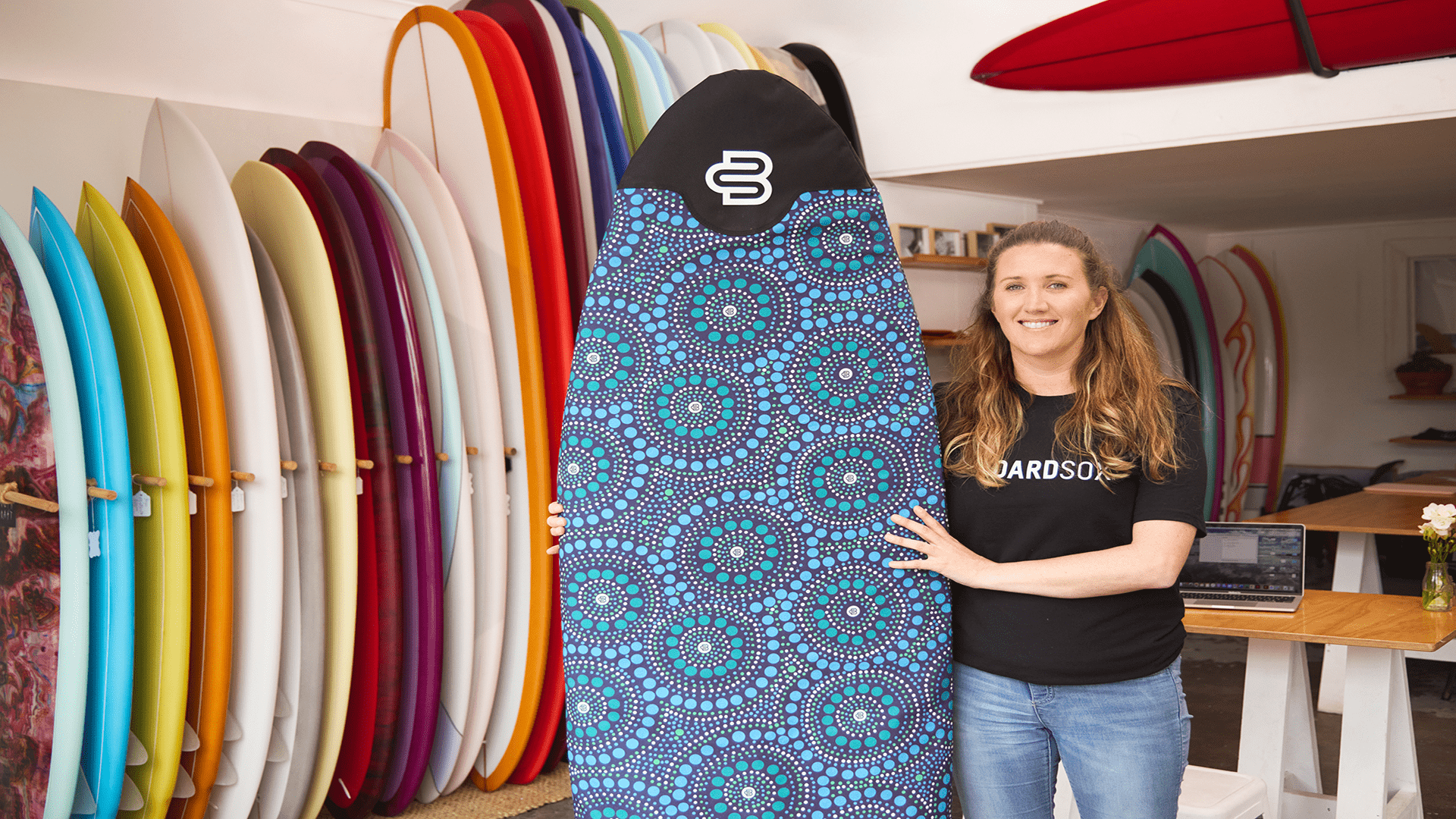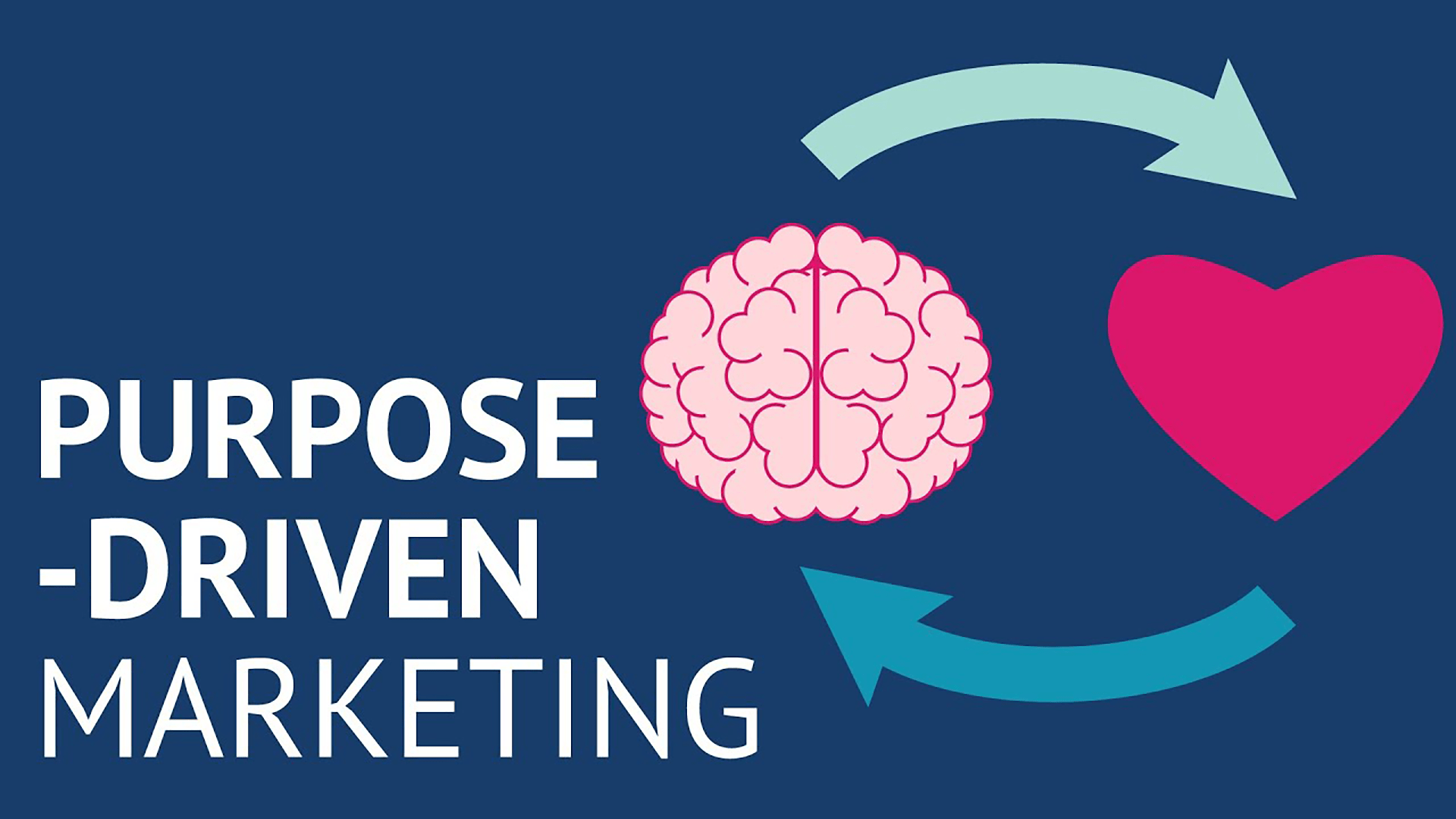Google recently published a new “AI for Marketing Engine” framework intended to help marketers understand how AI can work to achieve more as part of a suite of tools to enhance marketing strategies. This model, which focuses on measurement and insights, media optimisation and creative content generation, provides a structured approach to leveraging AI in marketing. However, with platforms and providers jostling for position in the AI race, it is important to view it as one of many tools available, each with its own strengths and limitations.
Google's AI for Marketing Engine framework is built around three core functions:
Measurement and Insights: AI aids in analysing first-party data to uncover valuable insights and predict customer behaviours. This can significantly enhance targeting and personalisation efforts, allowing for more strategic marketing decisions.
Media Optimisation: AI facilitates real-time ad delivery optimisation, helping marketers reach the right audience at the right time. This capability is crucial for maximising advertising efficiency and effectiveness.
Creative Content Generation: AI supports the creation and adaptation of marketing content, enabling rapid production and testing of creative assets. This can lead to more engaging and personalised customer experiences.

While Google's AI model offers benefits, it's essential to recognise that it should be integrated with other tools and strategies to maximise its potential. As a full service agency, agnostic in our approach, we ensure that the model is considered as part of a wider view of the media and marketing landscape and considered in a number of contexts:
Complementary Tools: There are numerous AI marketing tools available that can complement Google's model. For instance, HubSpot offers a comprehensive suite of tools that can effectively complement Google's AI for Marketing Engine, providing a holistic approach to digital marketing. For example, as a customer relationship management (CRM) platform, HubSpot integrates various marketing, sales, and service functionalities, making it a versatile tool for businesses looking to enhance their marketing strategies. Most other CRMs, notably Salesforce are also integrating AI into their tools and processes. Other tools like Jasper AI for copywriting or Surfer SEO for search engine optimization can address specific needs that Google's framework might not fully cover.
Customisation and Flexibility: Each business has unique requirements, and a one-size-fits-all approach may not be effective. The ability to customise AI applications to fit specific needs is crucial. This might involve integrating Google's model with other AI solutions to provide a more tailored strategy.
Balancing Automation and Human Insight: While AI can automate many tasks, human creativity and strategic thinking remain irreplaceable. It's vital to balance AI-driven automation with human insights to ensure that marketing strategies are not only efficient but also resonate with target audiences.
Ethical Considerations and Data Privacy: As AI becomes more integrated into marketing, ethical considerations and data privacy become increasingly important. Ensuring responsible AI use and protecting private data are paramount to maintaining trust and compliance. Having a plan and infrastructure in place to ensure data is secure and not publicly available is central to this, something we have built into our Generative AI pipeline for Collide AI.
In summary, incorporating Google's AI for Marketing Engine framework in order to understand how AI can work in practice within broader marketing is useful and has the opportunity to enhance our ability to deliver innovative and effective marketing solutions. However, overall the model is fairly simplistic and is unlikely to align with all activity taking place within the marketing ecosystem. It is essential to view this model as part of a broader toolkit, integrating it with other AI solutions and human expertise to provide comprehensive and customised strategies for our clients. By doing so, we can ensure that we are not only keeping pace with technological advancements but also delivering the best possible outcomes for our clients based on their individual objectives.



